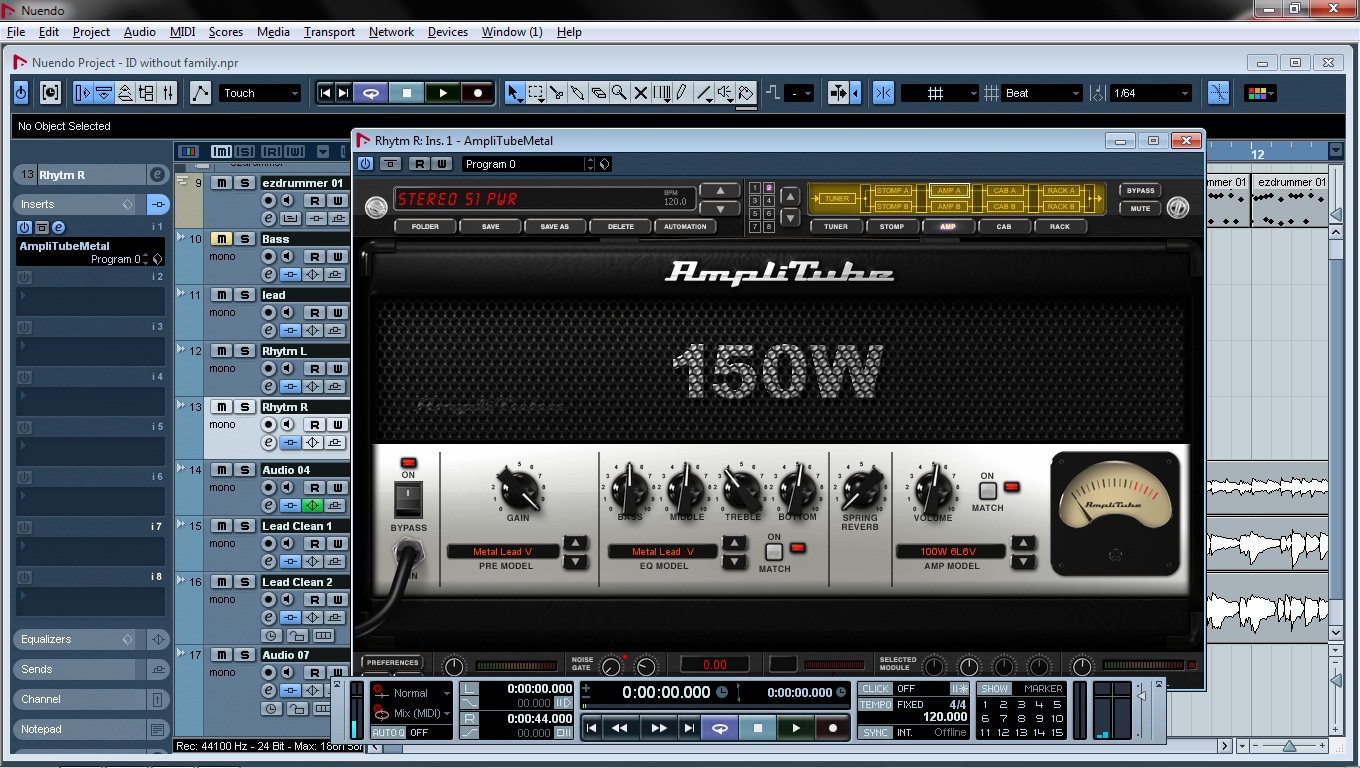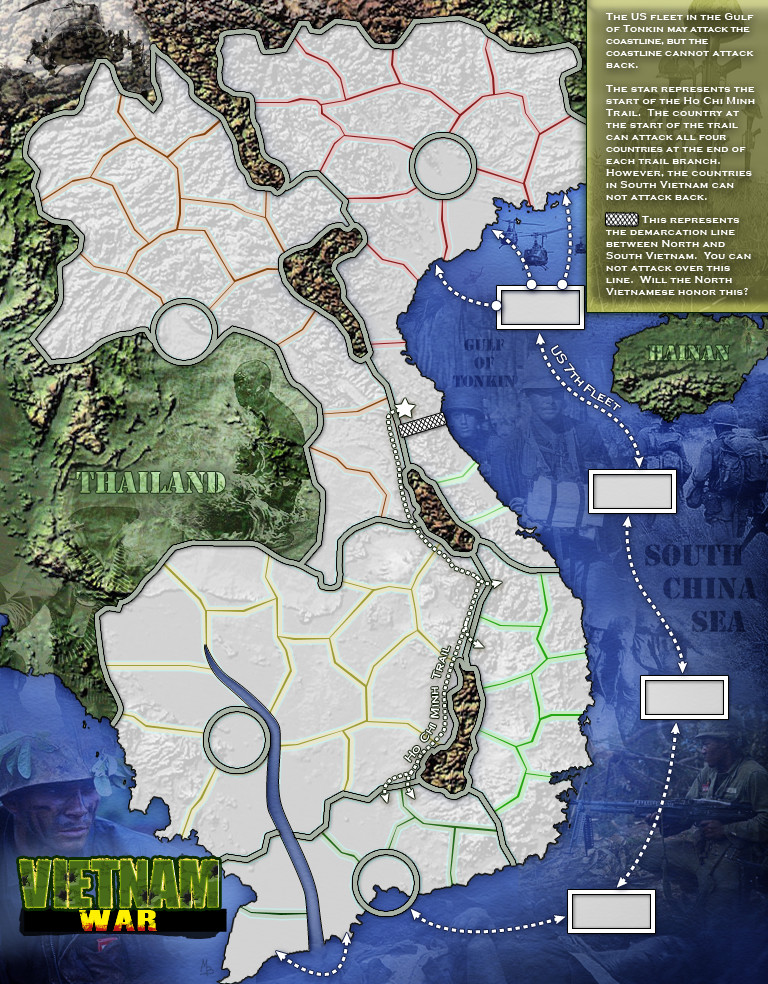

Weighted mean OSL ages were obtained for samples associated with archaeologically sterile deposits at the base of the excavations (126 ± 9 ka), followed by two phases of the Moroccan Mousterian (122 ± 5 and 115 ± 4 ka), interspersed with archaeologically sterile deposits (112 ± 5 ka). These ages suggest that MP/MSA occupation of Contrebandiers was restricted to the interval between about 120 and 90 ka ago (Marine Isotope Stages 5d to 5b).

We collected 31 samples from the MP/MSA deposits, and were able to calculate ages for 30 of them. Roof spall contamination was a significant problem, so we characterised the OSL signals and obtained De values for the calcareous sandstone in which the cave is formed, which allowed bedrock-derived grains in the MP/MSA deposits to be identified and rejected prior to age determination.

Three post-depositional factors influenced the distribution pattern of De values for the remaining single grains: the disintegration of roof spall liberating unbleached, older grains into otherwise well-bleached sediments the intrusion of a small number of younger grains from the overlying Upper Paleolithic deposits and small-scale differences in the beta dose received by individual grains. We identified the former using a range of experimental procedures and objective rejection criteria. Single-grain measurements enable rejection of grains that may lead to under- or over-estimation of age due to malign luminescence properties or remobilisation of grains after burial. Optically stimulated luminescence (OSL) measurements of individual quartz grains are reported for Middle Paleolithic (MP) or Middle Stone Age (MSA) deposits in La Grotte des Contrebandiers, Morocco.


 0 kommentar(er)
0 kommentar(er)
